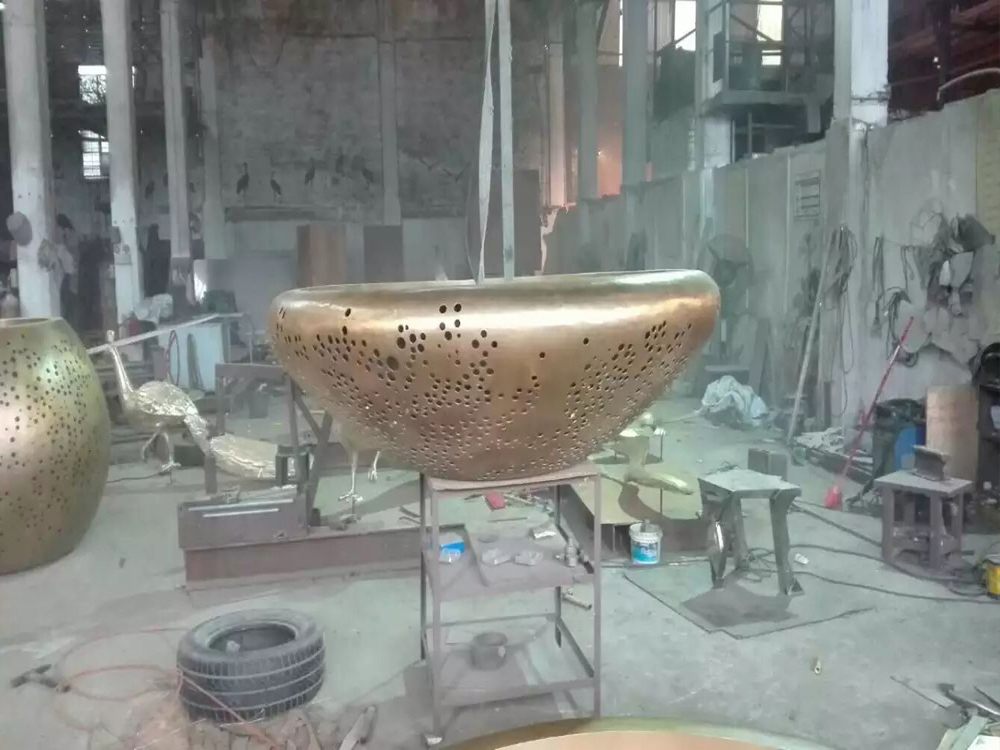
Suspended bronze sculptures are striking artistic installations that require meticulous planning to ensure stability and longevity. The structural support needed for these pieces depends on several critical factors.
1. Material Strength and Weight: Bronze is a dense metal, so the support system must withstand its weight without bending or breaking. Engineers calculate load-bearing capacity based on the sculpture's dimensions and thickness.
2. Load Distribution: Proper weight distribution prevents stress concentration. Cables, rods, or frames must evenly disperse the sculpture's mass to avoid weak points.
3. Environmental Conditions: Wind, temperature changes, and humidity affect structural integrity. Outdoor installations need corrosion-resistant materials like stainless steel or reinforced alloys.
4. Mounting Surface: The ceiling or wall anchoring the sculpture must be structurally sound. Reinforcements like steel beams or concrete anchors may be necessary.
5. Aesthetic Integration: Supports should complement the sculpture’s design while remaining discreet. Custom brackets or hidden fasteners often achieve this balance.
By addressing these factors, artists and engineers ensure suspended bronze sculptures remain secure and visually captivating for years.

